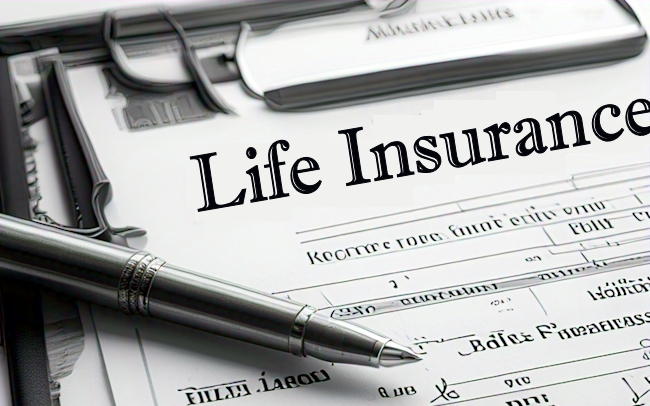If you have never purchased car insurance before, the process can be confusing. There are numerous different types of car insurance and it is important to understand the terminology before looking for rate quotes. Depending on where you live and how you purchased your car, you may be required to buy a minimum amount of coverage. Once you have a basic understanding of car insurance terminology, you can begin the process of looking for the best rates and coverage possible.
Liability Insurance
Liability coverage pays for damages that result if you cause an accident i.e. you are “Liable fo the Damages”. Liability insurance is mandatory coverage in 47 states if you want to drive legally and register your car. There are two different types of liability insurance:
- Bodily injury and
- Property damage
Both are encompassed in a liability insurance policy. This type of car insurance only pays for damages to the other driver, his or her passengers and their property. It does not pay for damages to your property or for injuries to you or your passengers.
Collision Insurance
Collision insurance pays for damages to your car if you cause an accident. Collision insurance is not mandatory insurance unless your car is financed or leased. If you have an older car, you may not need to buy collision insurance. In fact, many insurance experts recommend you not purchase collision insurance if your car is older than eight years old. When insurance companies pay collision claims, they assess the cost of making the repair against the value of the car. Since the value of a car goes down considerably over time, it may end up costing more to make the repair than what the car is worth. If this happens, the car will be declared a total loss and you will be paid the value of the car at the time of the accident. In many cases, this amount is less than Blue Book value, making it more expensive over time to pay for collision insurance. A smarter financial move is to save the money you would spend in premiums and set it aside to buy another car if needed.
Comprehensive Insurance
Comprehensive auto insurance covers a wide variety of damages not covered by liability or collision insurance. For example, it covers damages caused by hitting animals or that are the result of events such as storms, falling trees, etc. Comprehensive coverage also provides coverage if your car is stolen or damaged due to vandalism.
Personal Injury Protection
Personal injury protection is also sometimes referred to as PIP or no fault car insurance and is mandatory insurance in more than 15 states. It pays for damages regardless of who is at fault for an accident. PIP insurance is used to pay for claims for hospital and medical expenses, rehabilitation services, lost wages, and legal expenses.
Uninsured/Under-Insured Motorist Insurance
Uninsured and underinsured motorist insurance is designed to protect you if there is an accident and the other driver does not have insurance or does not have enough insurance. Although liability insurance is mandatory in most states, the minimum amount of coverage does not provide adequate protection to pay for damages for the average accident, particularly if there are serious injuries or you drive a newer car. Under-insured motorist insurance pays the difference between what the other driver’s coverage limits are and the actual damage costs. Uninsured motorist car insurance provides you with protection to pay for claims that result if the other driver has no insurance at all.
Gap Insurance
Gap insurance is not mandatory auto insurance, but if your car is financed or leased, it may be worth considering. When your car is involved in an accident and the damage is severe, the insurance company may decide to declare the car a total loss and pay you for the value of the car at the time of the accident. However, the value of your car is often less than the amount of money you own on your remaining lease or your car loan. Despite having your car declared a total loss, you are still financially and legally responsible for the entire amount due on your lease or loan. Gap insurance pays the difference between the loan or lease and what you are paid for a total loss, relieving you of the responsibility of paying for a car you no longer can drive or which has lost its value significantly. Car insurance terminology is not extremely difficult, you just need to understand the basic concepts of each type of coverage. When you are looking for auto insurance coverage, it’s important to compare the same kind of coverage, at the same levels of coverage, with the same deductible amount. This will give you an accurate measure of the best rates possible.
See Also:
- Teen Car Insurance Discounts to Save You Money
- Car Insurance Savings That Most Drivers Overlook
- Car Insurance Lesson for Young Adults
- Save on Automobile Insurance
- The Life Insurance Safety Net
- The Top 5 Health Insurance Companies
- What is Co-Insurance?
- Group Health Insurance Policies
- Why Do I Need a Long-Term Care Insurance Policy?
- More Insurance Articles
Car Insurance Resources from Amazon:
- Ten Questions – The Insider’s Guide to Saving Money on Auto Insurance: Hidden Discounts Revealed
- Be Insurance Savvy: Home, Auto, Dwelling, Renter’s, Flood and other Personal Insurance Explained (Volume 1)
- How To Save Money on Car Insurance: The “must have” insider’s guide to saving money on car insurance in the UK
- Vehicle Insurance: Beware: Double Coverage Save $22,000 with the right policy
- Cheap Insurance for Your Home, Automobile, Health, & Life: How to Save Thousands While Getting Good Coverage



